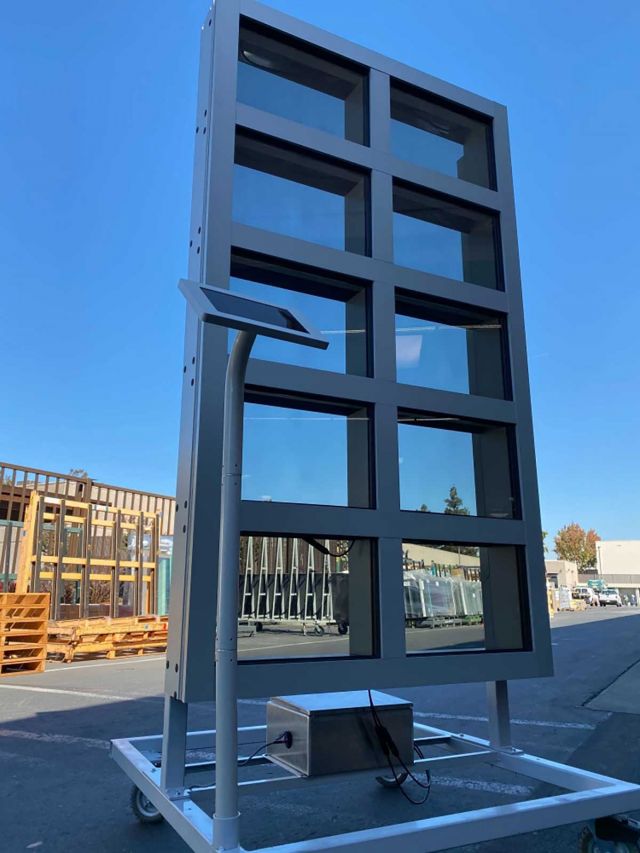Chasing Higher Efficiency
Researchers identify and clear efficiency hurdle for organic solar cells.

Researchers at UC Santa Barbara and eight other institutions have identified a key mechanism responsible for the lower efficiencies of organic solar cells and have demonstrated a way this hurdle might be overcome. Their results, reported in the journal Nature, suggest the possibility of developing organic solar cells with efficiencies comparable to silicon-based cells.
The team identified a pathway in organic solar cells where current is lost, which makes them less efficient than silicon-based cells at converting sunlight into electricity. They discovered a way to supress this by manipulating molecules inside the solar cell to prevent an undesirable state leading to lost current. “It is an extensive work that took a long time to collect data,” said Thuc-Quyen Nguyen, a professor at UC Santa Barbara and one of the study’s corresponding authors. Reviews and revisions alone took a year and half, she added.
Organic solar cells are flexible, lightweight, semi-transparent and cheap — features that mean the cells could greatly expand the range of applications for solar technology. For example, organic solar cells could be wrapped around the exteriors of buildings or coat glass windows and greenhouses to generate energy for indoor lighting, neither of which are possible with conventional silicon panels. They also are far more environmentally friendly to produce. For instance, they are 1,000 times thinner than silicon solar cells and can be produced at low temperature via solution processing methods like printing, roll-to-roll coating, spraying and so forth.